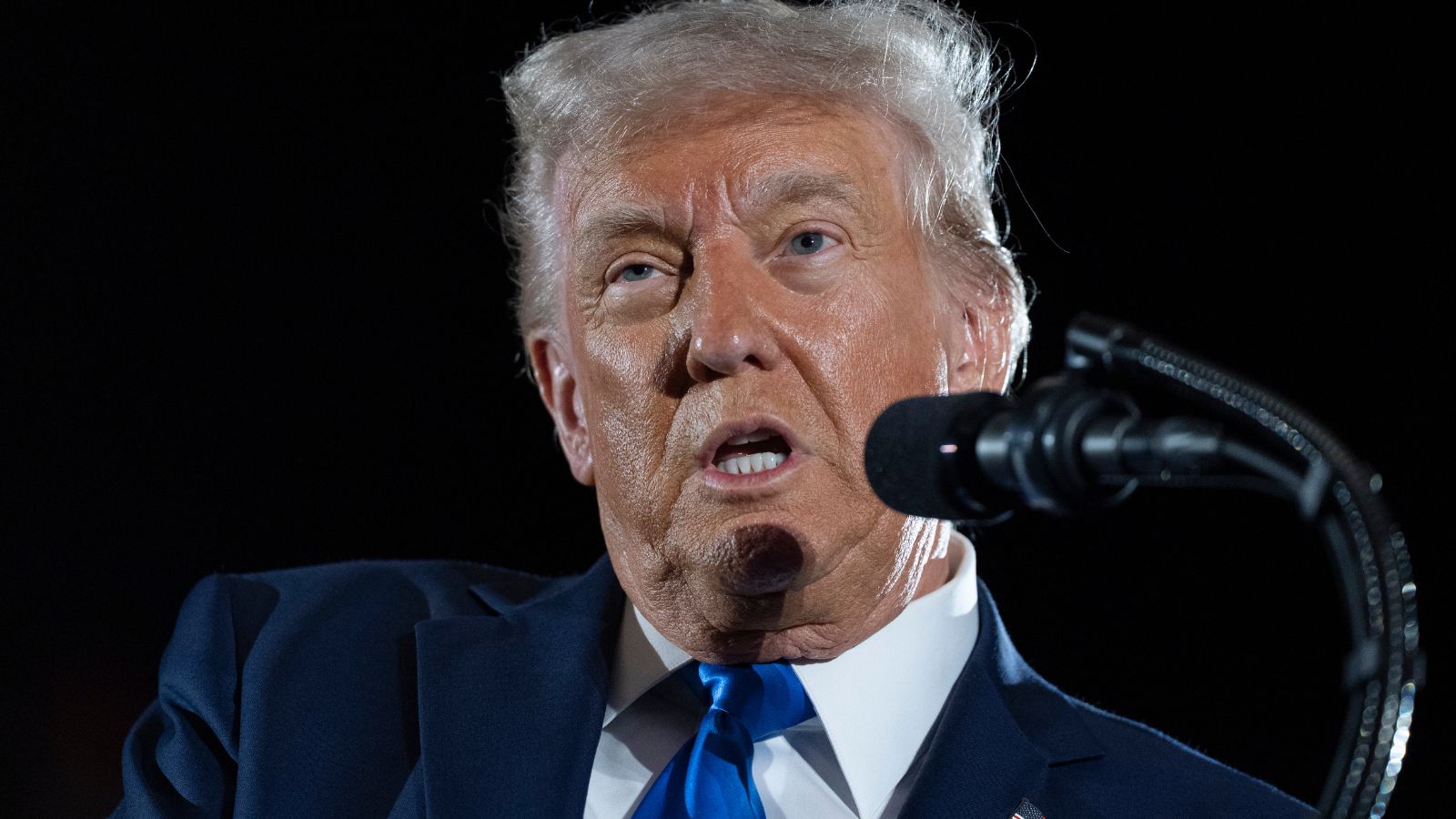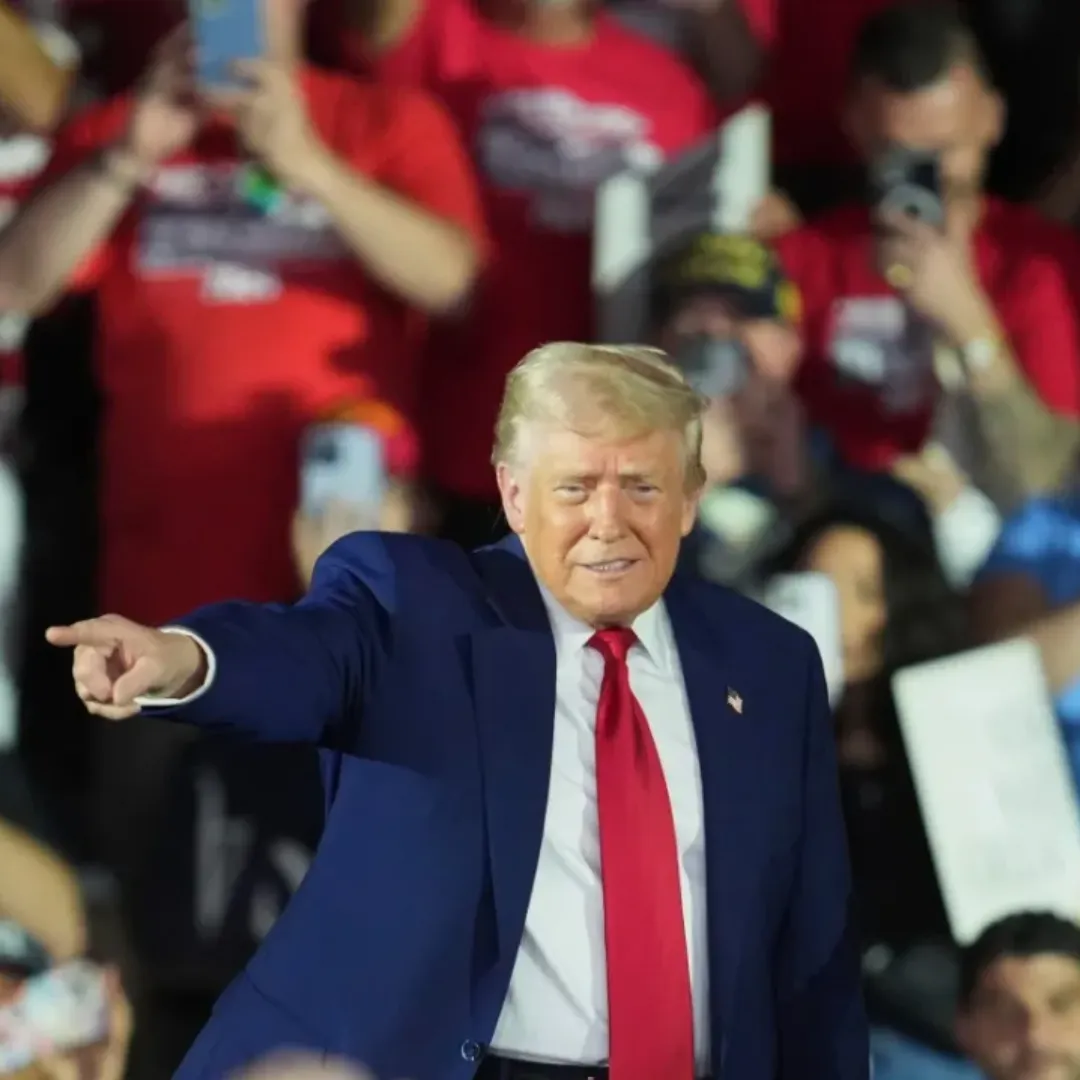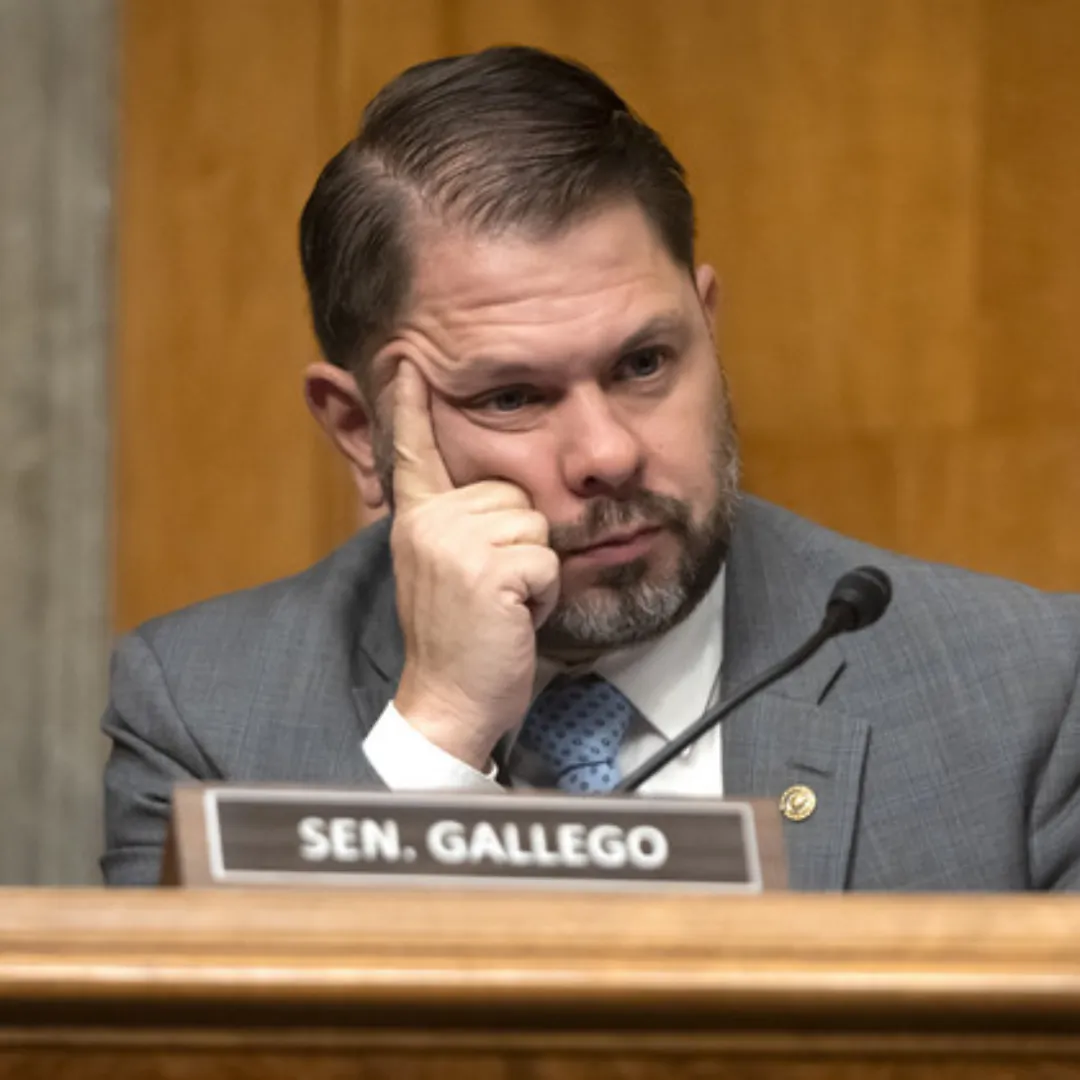
Tensions are rising within the Republican Party over former President Donald Trump’s newly released 2026 budget proposal, exposing deep divisions between hard-line conservatives and defense-focused lawmakers over how the federal government should be funded in the coming year.
While Trump’s allies on the far right have praised the budget as a bold and strategic shift that realigns spending with conservative priorities, others within the party are openly criticizing the plan—particularly its treatment of the Pentagon, the Defense Department, and broader national security objectives.
The budget, released earlier this week, lays out Trump’s preferred vision for government funding in fiscal year 2026, but critics argue that it falls short of delivering on its promises, especially in the realm of defense spending.
Trump’s proposal claims to increase defense funding by 13 percent, surpassing $1 trillion for the year, but this figure only becomes achievable if Congress passes a separate reconciliation package that is far from certain.
That detail has triggered concern and frustration among key Republican lawmakers who view the reliance on reconciliation as a weak and unstable foundation for national defense.
One of the most vocal critics is Senator Kevin Cramer of North Dakota, who on Tuesday said Trump’s proposed defense budget essentially maintains the status quo.
Cramer argued that the plan, rather than boldly increasing military strength, relies too heavily on speculative, one-time spending measures. “He basically has a status quo defense budget,” Cramer remarked, adding, “All of the growth in that comes from reconciliation.”
He went on to suggest that it would have been more strategic for the Trump administration to directly embed the increased defense spending—estimated at $150 billion—into the main budget proposal rather than depending on a separate, evolving reconciliation package.
“I was disappointed in that,” Cramer said. “I’d rather see him go to a trillion with his budget and take the $150 billion from the budget reconciliation and do some things to jump-start some programs and to leapfrog in some areas and to catch up to our adversaries.”
Under the current blueprint, base discretionary defense spending is flatlined at around $893 billion. The additional $119 billion in defense resources only becomes available if the pending reconciliation plan passes Congress.
That package includes not only defense funding but also allocations for Trump’s immigration and border enforcement policies, sweeping tax cuts, and over $1 trillion in proposed spending cuts.
The fact that so much hinges on reconciliation—a legislative tool designed to bypass Democratic votes in the Senate—has raised alarms among traditional Republicans and defense hawks, who warn that building America’s military strength on such shaky procedural ground is both risky and shortsighted.
Senator Roger Wicker of Mississippi, who chairs the Senate Armed Services Committee, has been among the most vocal skeptics of Trump’s approach. He pushed back forcefully against the White House’s framing of the budget, arguing that the administration is trying to present a $1 trillion defense plan when, in reality, the base request remains under $893 billion.
“It is requesting a budget of $892.6 billion, which is a cut in real terms,” Wicker said. “This budget would decrease President Trump’s military options and his negotiating leverage.”
The criticism underscores the deep concern among military-focused Republicans who view the budget as failing to adequately address the challenges posed by China, Russia, and other global adversaries.
In response to the backlash, Office of Management and Budget Director Russell Vought defended the administration’s strategy. Posting on the social platform X, Vought insisted that the use of reconciliation to boost defense spending is a deliberate tactic to avoid Democratic interference.

“This budget provides that level while ensuring that only Republican votes are needed by using reconciliation to secure those increases without Democrats insisting on increasing wasteful government,” he wrote.
The logic has found favor among the most conservative voices in the party, who see reconciliation as a way to secure conservative wins without compromising with Democrats during the traditional appropriations process.
Representative Chip Roy of Texas, a key figure among House hardliners, hailed the Trump budget as a necessary course correction. “Wise paradigm shift—whereby we no longer let Democrats hold defense hostage for woke, weaponized bureaucrats—AND—we fund REAL defense modernization on OUR terms in reconciliation,” Roy posted on X.
The framing reflects a broader belief among Trump-aligned conservatives that the annual appropriations process has become a trap in which Democrats extract concessions in the form of increased non-defense domestic spending.
By contrast, reconciliation is seen as a vehicle for pure conservative policy with no strings attached. Still, other Republicans are less convinced and argue that the strategy risks blurring the lines between regular appropriations and emergency or one-time expenditures.
House Armed Services Chair Mike Rogers of Alabama voiced his preference for a different approach. “I want to see reconciliation on top of 5 percent over inflation,” he told reporters, signaling that any defense increase should not merely be a political maneuver but reflect real, inflation-adjusted growth.
Rogers and others are pushing for defense funding that rises organically within the budget itself, not through temporary or unpredictable channels.
Beyond the defense numbers, Trump’s budget proposal includes sweeping cuts to non-defense programs, many of which have sparked outrage from both moderate Republicans and Democrats.

The proposal calls for slashing non-defense discretionary spending by more than 22 percent in fiscal year 2026. Among the most dramatic reductions are a 44 percent cut to the Department of Housing and Urban Development, a 31 percent cut to the Interior Department, an 84 percent cut to the Department of State and international programs, and a 19 percent cut to the Treasury Department.
The administration has justified these cuts by arguing that the targeted agencies oversee programs that are duplicative, outdated, or misaligned with the administration’s values.
In addition to gutting discretionary funding, the budget proposes zeroing out or eliminating funding for dozens of federal programs, including the Corporation for Public Broadcasting, the National Endowment for the Arts, and other cultural and educational initiatives.
These moves have raised eyebrows, especially among Republicans who represent districts with strong public broadcasting ties or artistic communities. Representative Mike Simpson of Idaho expressed skepticism over the breadth of the cuts.
“There’s some things in there that there will be disagreements within the administration,” he said on Monday. While Simpson stopped short of a full-throated rebuke, his comments reflected a wider discomfort among Republicans over the optics and implications of dismantling popular public programs.
Even the National Institutes of Health (NIH), one of the country’s most respected and bipartisan research institutions, did not escape the axe. Trump’s budget proposes an $18 billion reduction for the NIH compared to 2025 levels. That proposal sparked immediate concern on Capitol Hill.
House Appropriations Chair Tom Cole of Oklahoma acknowledged the discomfort many lawmakers feel over such drastic cuts. “Any cuts that size cause me concern,” he said, while also affirming support for Trump’s broader budgetary philosophy. “We agree with the emphasis on defense and less domestic. So, we’ll work that out.”
At the heart of the debate is a fundamental question over who controls the power of the purse. Trump’s proposal, while symbolic and ideologically aggressive, does not carry the force of law.

Congress still holds the authority to draft and pass appropriations legislation, and Republicans are reminding the public—and the White House—of that constitutional reality. “We are in the position to do appropriations,” Senator Mike Rounds of South Dakota said, “and we’ll take all of their recommendations into account. But this is the role for Congress.”
As Republicans begin drafting their own annual funding legislation in the coming weeks, the fractures exposed by Trump’s 2026 budget are likely to deepen.
On one side are the hard-right conservatives seeking to weaponize reconciliation to fund the military and slash government programs in one dramatic stroke.
On the other are establishment Republicans and defense hawks who prefer a more conventional and inflation-adjusted approach to budgeting—one that ensures predictability, continuity, and strategic strength in the face of growing global threats.
Whether the party can reconcile these competing visions remains an open question. What is clear, however, is that Trump’s budget proposal has reignited an old debate within the GOP about the meaning of fiscal conservatism, the role of defense in a fractured world, and the limits of ideology when it collides with the hard work of governing.



